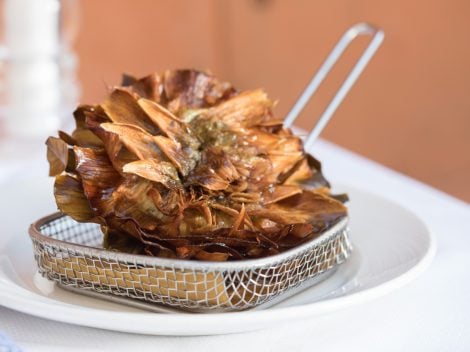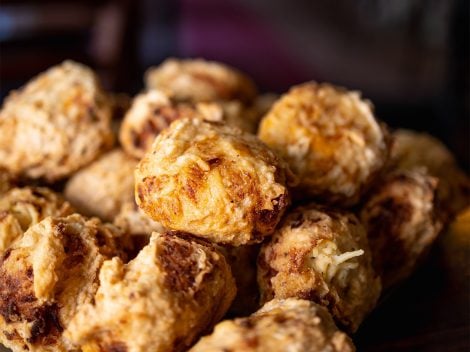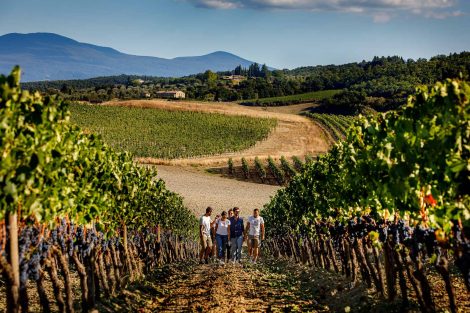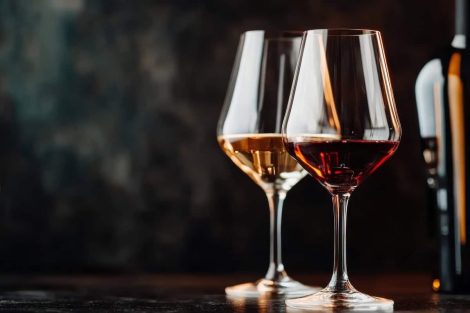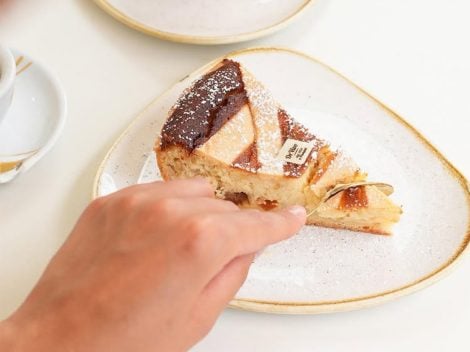In the heart of historic Turin, a few steps from Piazza Carlina (Piazza Carlo Emanuele II, but known to locals as Piazza Carlina, a nickname given to the Savoy ruler for his supposed lack of virility) stands a baroque church nestled among the 18th-century houses of Via San Massimo. It is the church of Santa Pelagia, dedicated to an unusual saint—a dancer-actress from Antioch who lived in the 3rd century AD and later converted to a life of sanctity. Right next door, the cocktail bar bistro L’Opera di Santa Pelagia has just opened, alluding to the Opera di Santa Pelagia, an institution founded in the 18th century for the education of the poor. Today, it’s a glamorous hospitality project (with the Residenza dell’Opera just above the bistro and the boutique hotel Opera 35 nearby at Via della Rocca 35) using the image of the beautiful Pelagia to offer tempting food.
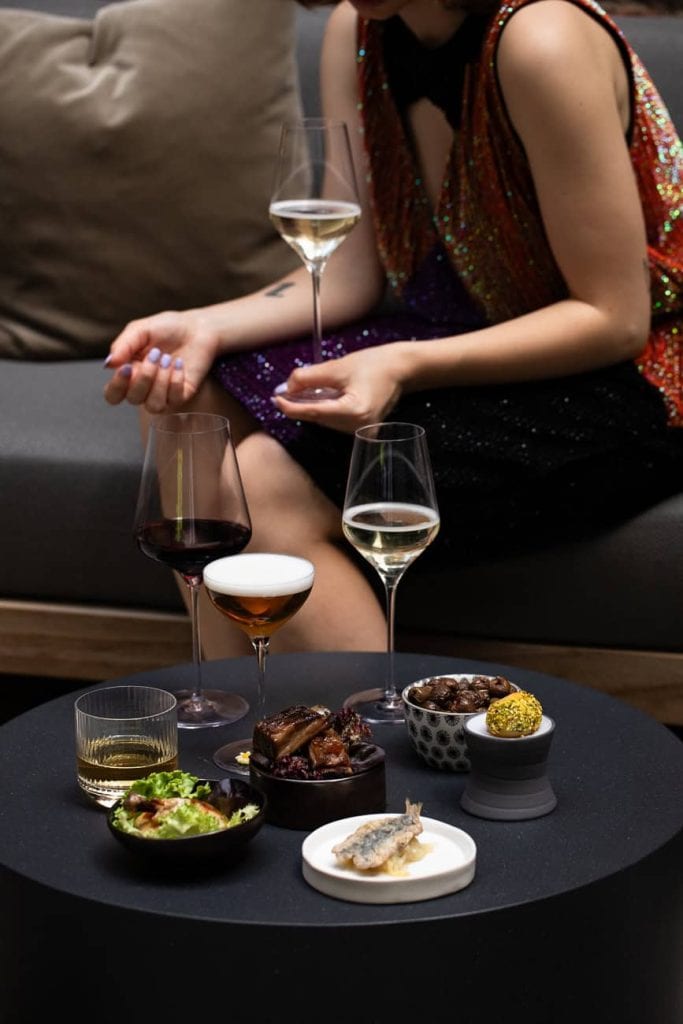
L’Opera di Santa Pelagia Opens in Turin
The venue is cozy and welcoming, with a minimalist design and touches of irony in the decor (the portrait of Santa Pelagia with a fork under her nose is a cult favorite), and a delightful outdoor area enclosed in a small courtyard with brick walls. The guiding idea, as chef Ivan Milani—who has experience from Piano 35 in Turin, Pont de Ferr in Milan, and Villa Monty Banks in Cesena—consultant for the project, explains, is to "offer a comfortable location and the possibility to build one's own gastronomic experience according to individual tastes, with attention to Piedmont and Italy, an international touch, and always a vegetarian option."
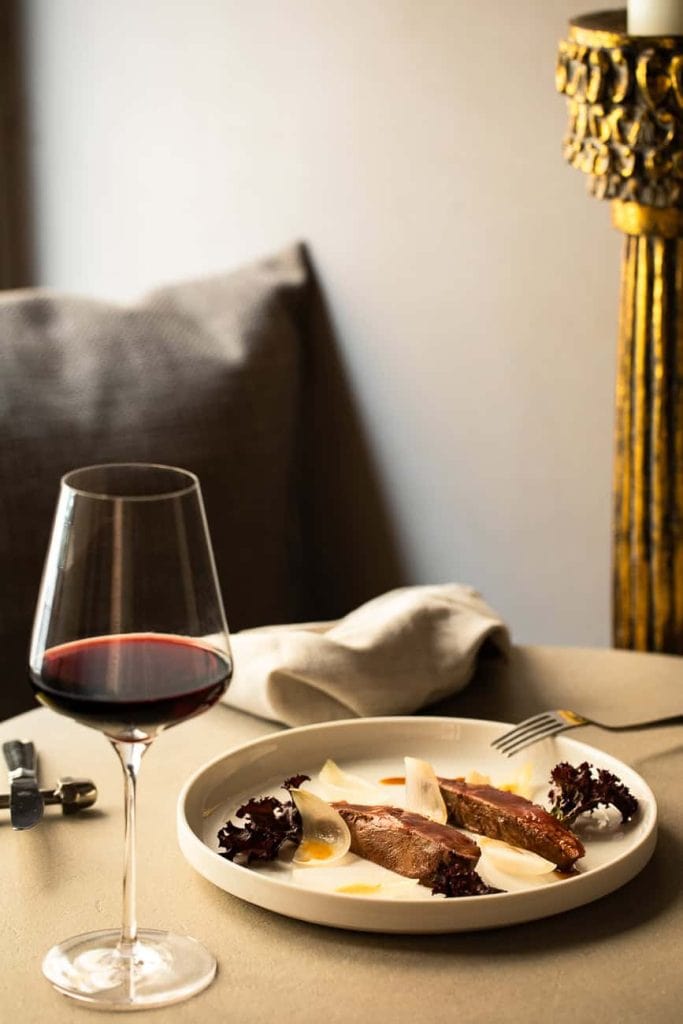
A traditional cuisine with an eye on the east
In the kitchen is chef Giuseppe La Salvia, a Turin native born in 1989, who comes from the bistro of Relais San Maurizio in the Langhe and focuses on revisiting tradition in a contemporary way. This means careful attention to raw materials, a look towards the East (various forms of sashimi, fermented items, the use of miso and shoyu), and homemade bread. Lunchtime offers single dishes (also in smaller portions) with tempting salads and dedicated dinner dishes. The menu ranges from the rich Santa’s Salad to Charcoal-grilled Aubergine with tahini and labneh, from Monograno Felicetti Spaghetti with anchovy fillets, sun-dried tomatoes, fennel, and brioche crumbs, to Pork Tenderloin with sautéed chard. For dinner, there’s Veal Tonnato in the old-fashioned way, Traditional Plin with roast sauce, Duck Breast served with its jus and white onions. The wine list features about a hundred labels tied to the region—native grape varieties, small producers—and a selection of champagne.
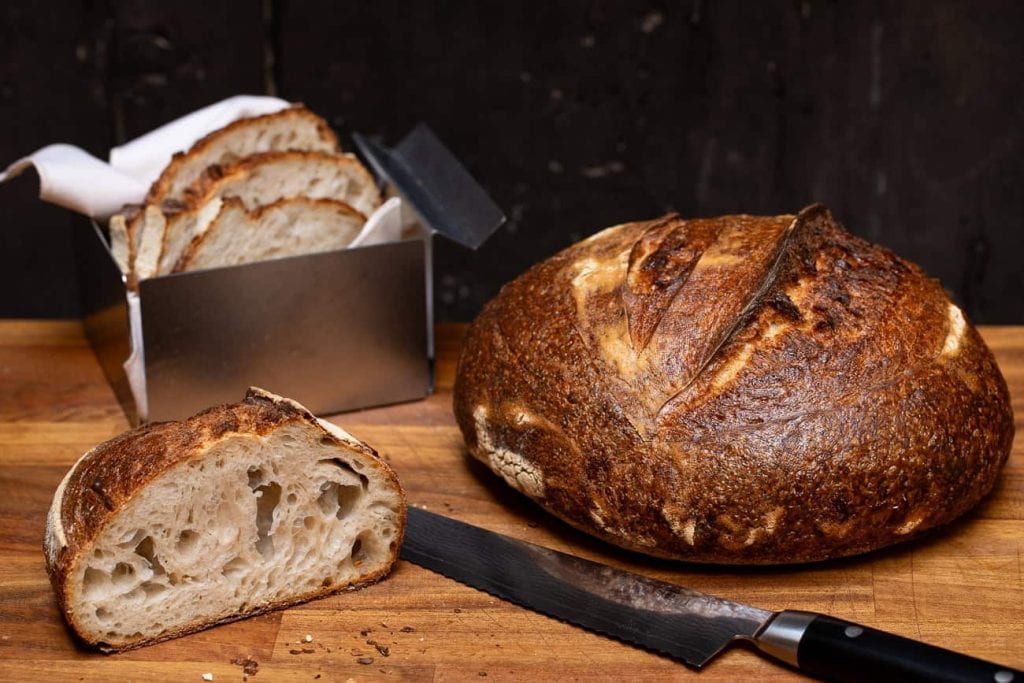
Santa Pelagia’s temptations for aperitivo
A highlight is the aperitivo, curated by barman Marco Fabbri, with a cocktail list ranging from classics to signature drinks like 1772 (the year of the church's consecration), a gin and amber vermouth base with yellow chartreuse to evoke old liquors and a clear reference to the Bijou cocktail; Non sono una santa, a floral and citrusy vodka-based drink served in a coupe like a revamped Martini cocktail made with rose and bergamot peel cordial and Dom Benedictine, and also the non-alcoholic Margarita. To accompany the drink menu, there are spiced crunchy chickpeas, baked olives, radishes, kefir, and malt soil, and Santa’s Temptations, from tempura zucchini flowers to panelle, from oysters—natural or with tapioca and rice vinegar, or grilled—to Calamari in guazzetto, Tuna Sashimi with black garlic and furikake, sardines in saor, Chicken in teriyaki sauce, Beppe Gallina’s fish sausage on the grill, and simply perfect bread and salami... a rich selection at fair prices, an excellent idea. Finishing with something sweet, like the Bacio della Santa, is a must, of course.

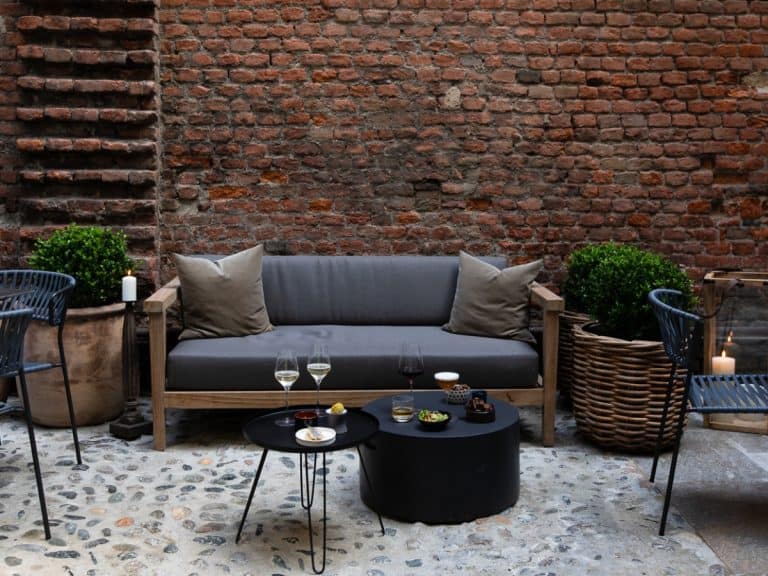
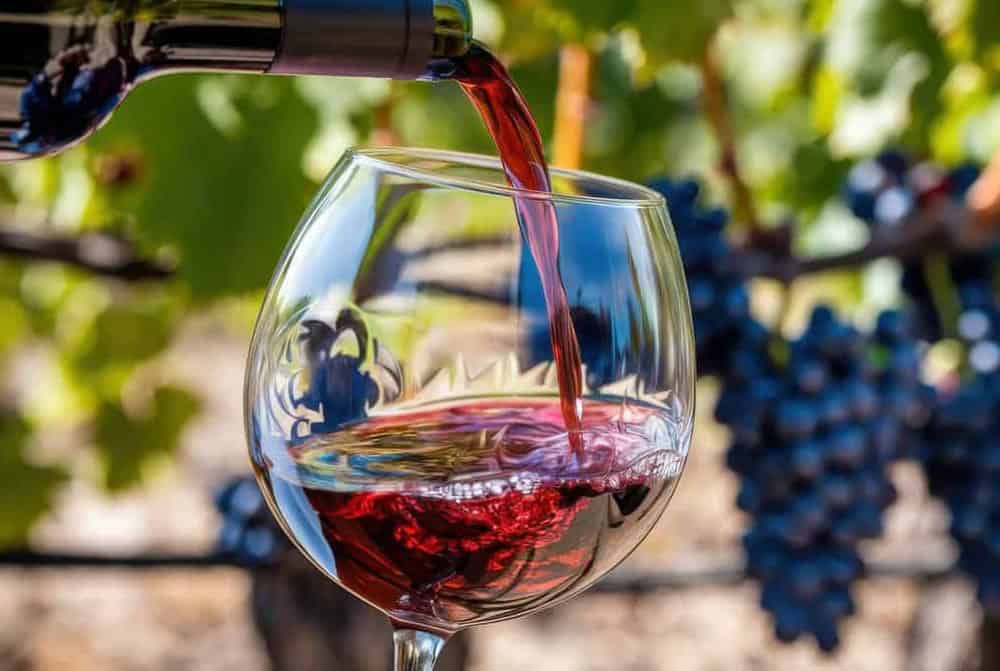 The 11 best-value Dolcetto wines from the Langhe
The 11 best-value Dolcetto wines from the Langhe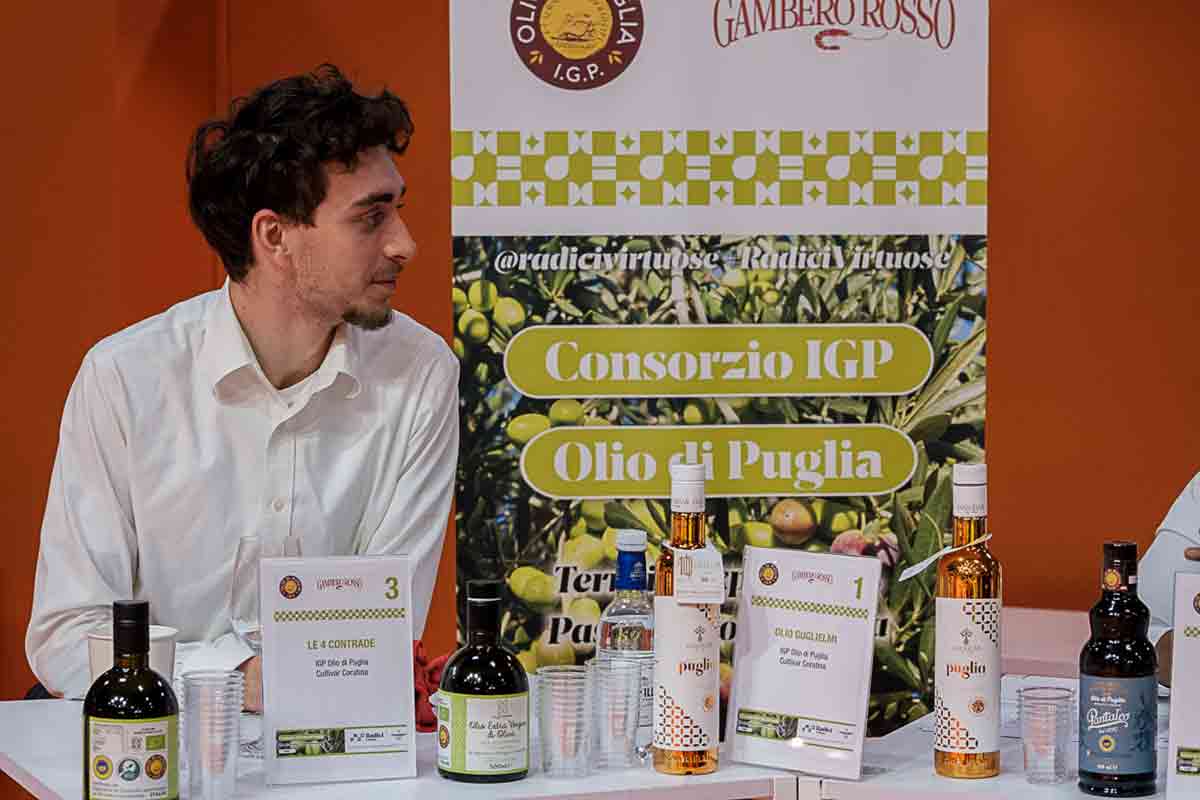 Coratina party in Paris: the power of Puglia in a drop of oil
Coratina party in Paris: the power of Puglia in a drop of oil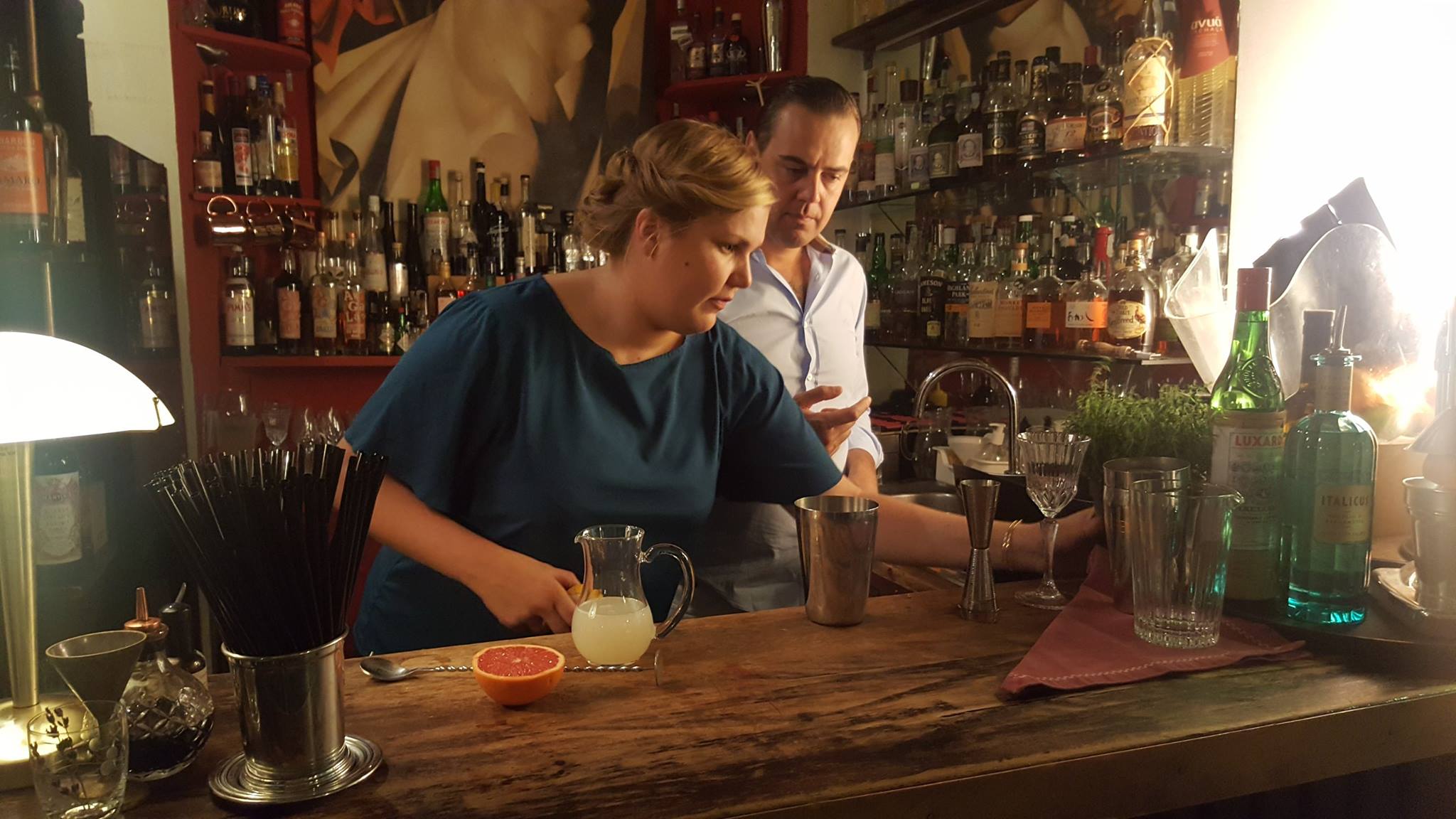 In a historic building in Genoa hides a top cocktail bar
In a historic building in Genoa hides a top cocktail bar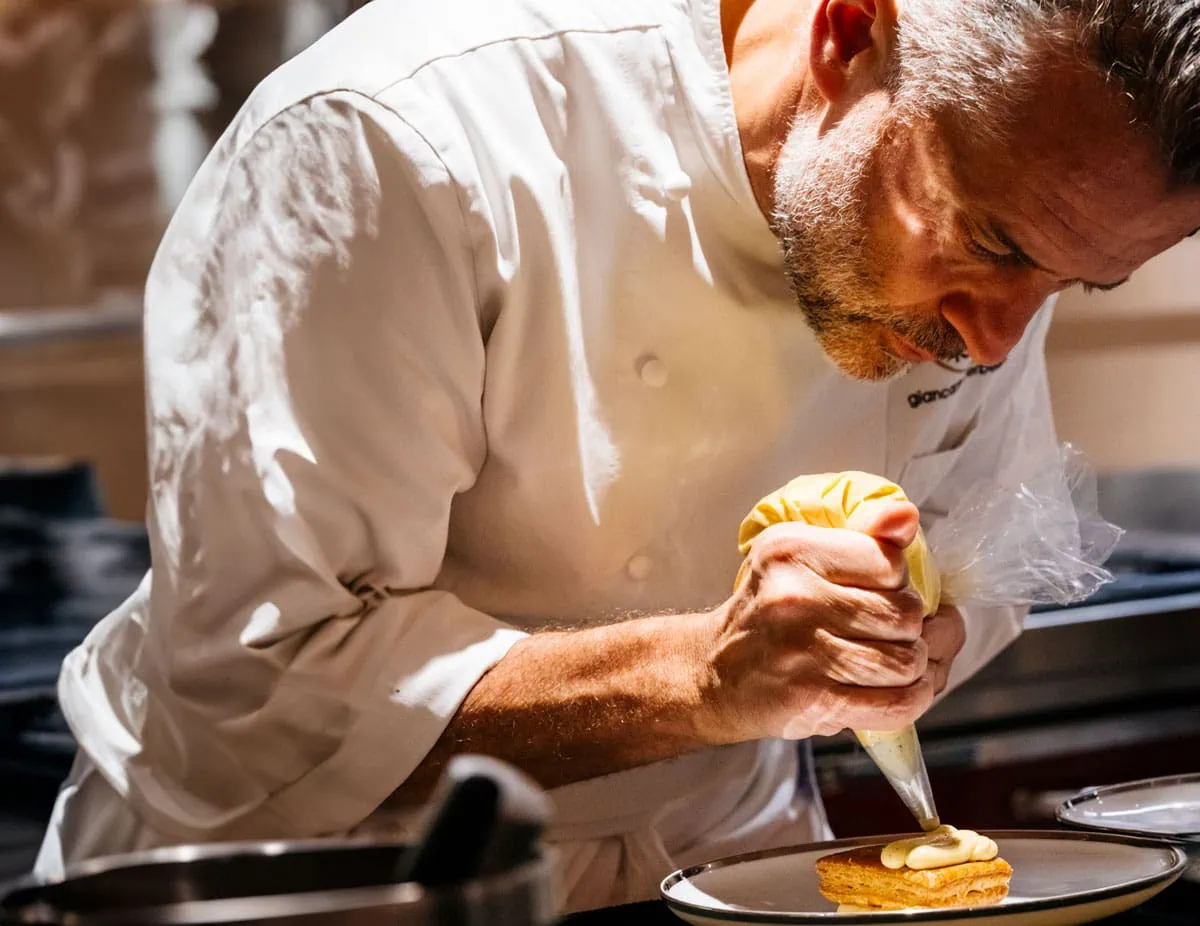 Giancarlo Perbellini: “The future? Less oppressive restaurants. If we don’t make young people fall in love with this job, we might as well close”
Giancarlo Perbellini: “The future? Less oppressive restaurants. If we don’t make young people fall in love with this job, we might as well close”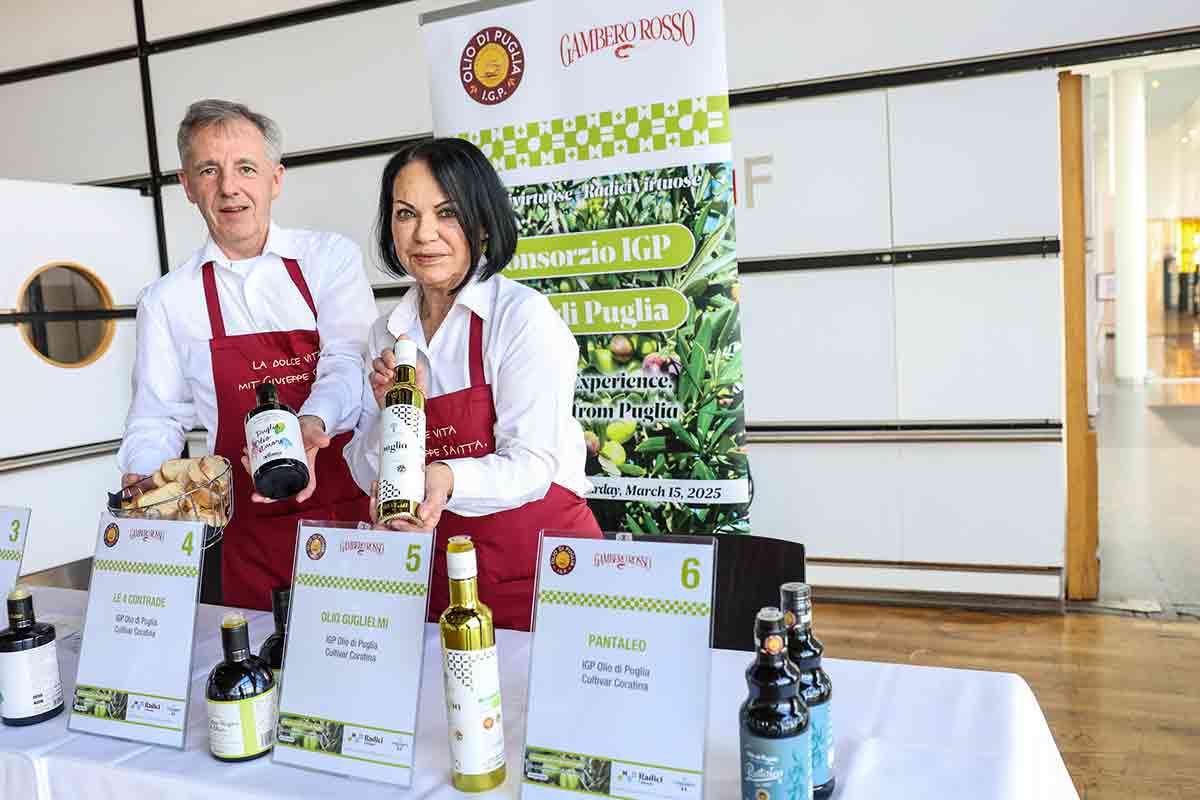 The great oils of Puglia on display in Düsseldorf
The great oils of Puglia on display in Düsseldorf